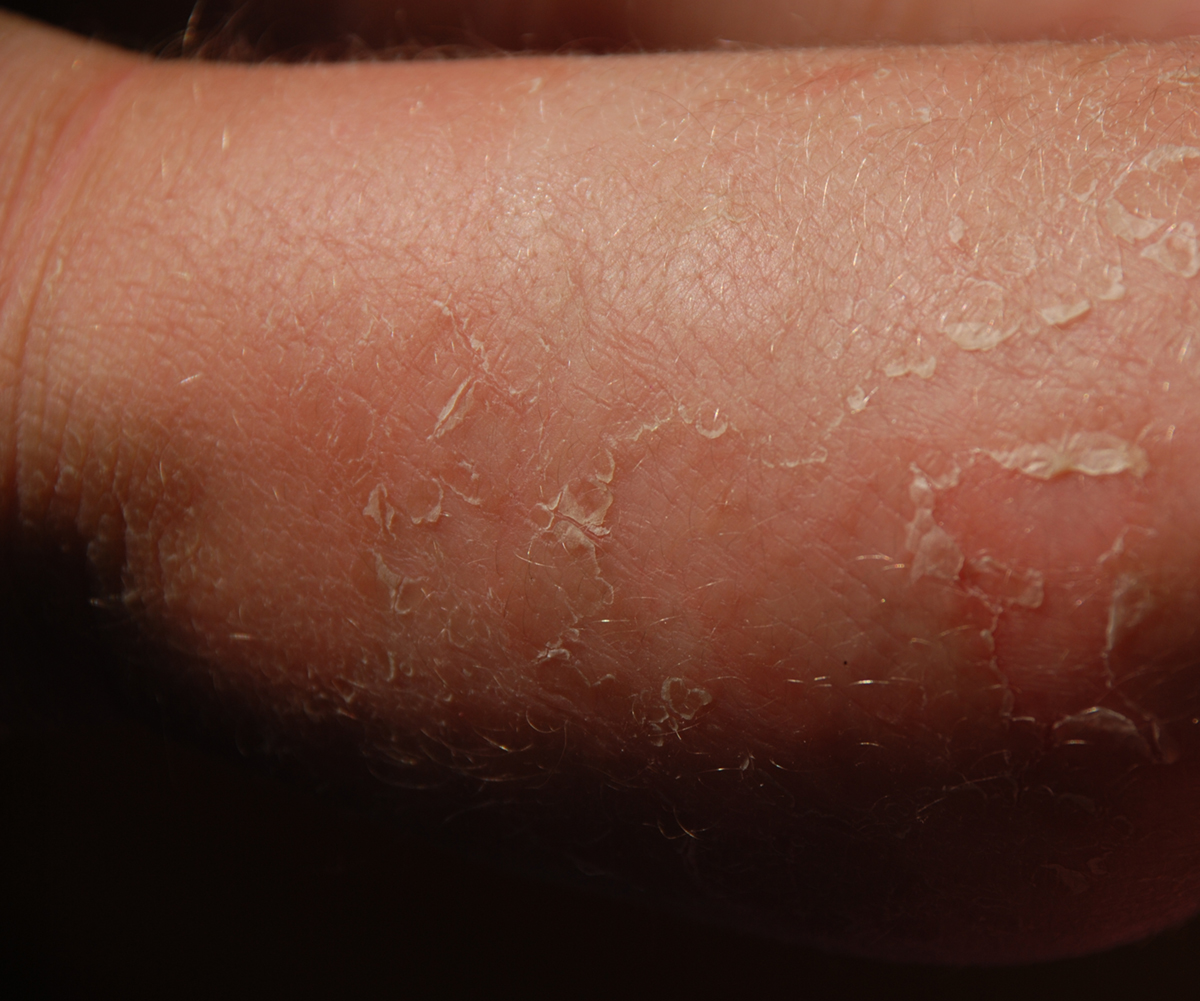
Definition of Ichthyosis
Ichthyosis is not a single medical condition. Instead it represents a group of 28 genetic diseases all of which affect the skin. The condition is typically characterized by dry and thickened skin. Scaling and flaking occur as well. Cases of ichthyosis vary and may be mild or in the form of severe skin changes when scales formed on the skin actually resemble the scales on a fish. As a matter of fact the name of the diseases originates from the Ancient Greek word 'ichthys', which means fish. The most complex form of ichthyosis is definitely harlequin type ichthyosis, the disease that is even lethal. Fortunately, 95% of all cases are ichthyosis vulgaris, mild or moderate form of the disease which is easily brought under control.
Establishing diagnosis of ichthyosis can be rather challenging especially when it comes to determining the type of this skin condition. All types are classified according to the appearance of the affected skin and the underlying genetic cause. Even cases which are caused by defects in the same gene may have different clinical characteristics. It is also possible that the condition the patients is suffering from simply cannot fit into one type, but, instead is associated with two or even more types.
Nevertheless, the most frequent types of ichthyosis include genetic ichthyoses, ichthyoses with additional characteristics and non-genetic ichthyoses. Ichthyosis vulgaris, X-linked ichthyosis, congenital ichthyosiform erythroderma and 5 more belong to the first group - genetic ichthyoses. Some of ichthyoses with additional characteristics are CHILD syndrome, Carvajal syndrome and Darier's disease while ichthyosis aquisita is the only member of non-genetic ichthyosis.
As for genetic ichthyosis, the condition starts in infancy and is usually present at birth lasting for the rest of one's life. Only acquired ichthyosis may develop at any age later in one's life. Acquired ichthyosis is basically associated with some already existing medical issues like kidney disease.
Diagnosis
Many times ichthyosis can be diagnosed just by examining the skin. A family history is of major importance when confirming ichthyosis. However, in order to be completely sure that a person is suffering from this medical condition, doctors perform the biopsy of the skin and taken samples are pathohistologically examined. Only this way doctors have insight in changes that affect the skin and may even determine the very type of the disease. For instance, in ichthyosis vulgaris the skin shows signs of mild hyperkeratosis while the granular layer is a bit diminished. The dermis is practically intact. Histological findings of X-linked ichthyosis may resemble those in ichthyosis vulgaris with additional presence of an expanded stratum corneum without parakeratosis or acanthosis and so on. Finally, genetic testing is also important when diagnosing ichthyosis.
It is estimated that ichthyosis affect almost each and every ethnic group and since we are talking about a genetic condition, it simply cannot be prevented.
Treatments
Mild cases of ichthyosis are not that demanding and may be easily dealt with sufficient application of moisturizers and emollients. Since there are many such products available on the market, a patient should experiment and eventually opt for the one that provides the skin with optimal moisture that last for certain period of time. The best results are achieved if these products are applied immediately after having a shower or bath while the skin is still wet. Also, additional help is obtained from bath oils which are also supposed to be used on a regular basis.
Parents are due to teach their children the importance of moisturizers and force them to adopt the habit of applying them regularly.
Furthermore, some patients are prescribed peeling creams also known as keratolytics. Salicylic acid is one of these products and is basically recommended in more complex cases with moderate to severe scaling. These products may cause skin irritation but are great for palms and soles.
The most severe forms of ichthyosis require medical and nursing care. Older children and adults may undergo treatment with retinoid tablet. Even though retinoids are efficient against the growth of overactive scaly skin, these medications have many adverse effects and patients must be closely monitored during the entire treatment.
Finally, skin infections, a complication of the primary disease are brought under control with antibiotics and antiseptics.
Relevant Data
Certain instigation during the year 2002-03 in England presented interesting data. Namely, during that period 1,920 patients with epidermal thickening required a hospital consultation. 99% of these patients were hospitalized. 50% of all patients were men and the other half women. They spent approximately 8.3 days in the hospital. The majority of patients were around 60 years of age while 39% of patients were between 15 and 59 years old. Amazingly, 28% were older than 75 years of age.
In the same year there were 196 cases of congenital ichthyosis with 96% of children who were hospitalized immediately after being examined. 76% were boys and 24 % were girls. Up to 11% of hospitalization were emergency hospital admission. These children used to spend around 3.7 days in the hospital.
All the mentioned drives to conclusion that ichthyosis is a serious medical issue. Current intensive research is trying to improve early diagnosis and better treatments in order to ease health problems these patients face.


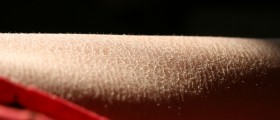

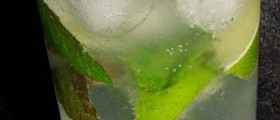
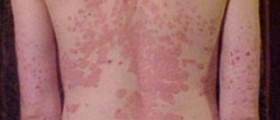

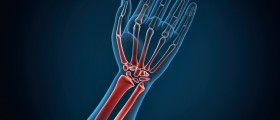
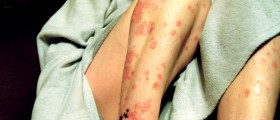




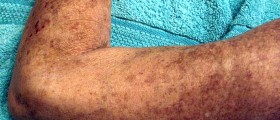



Your thoughts on this
Loading...